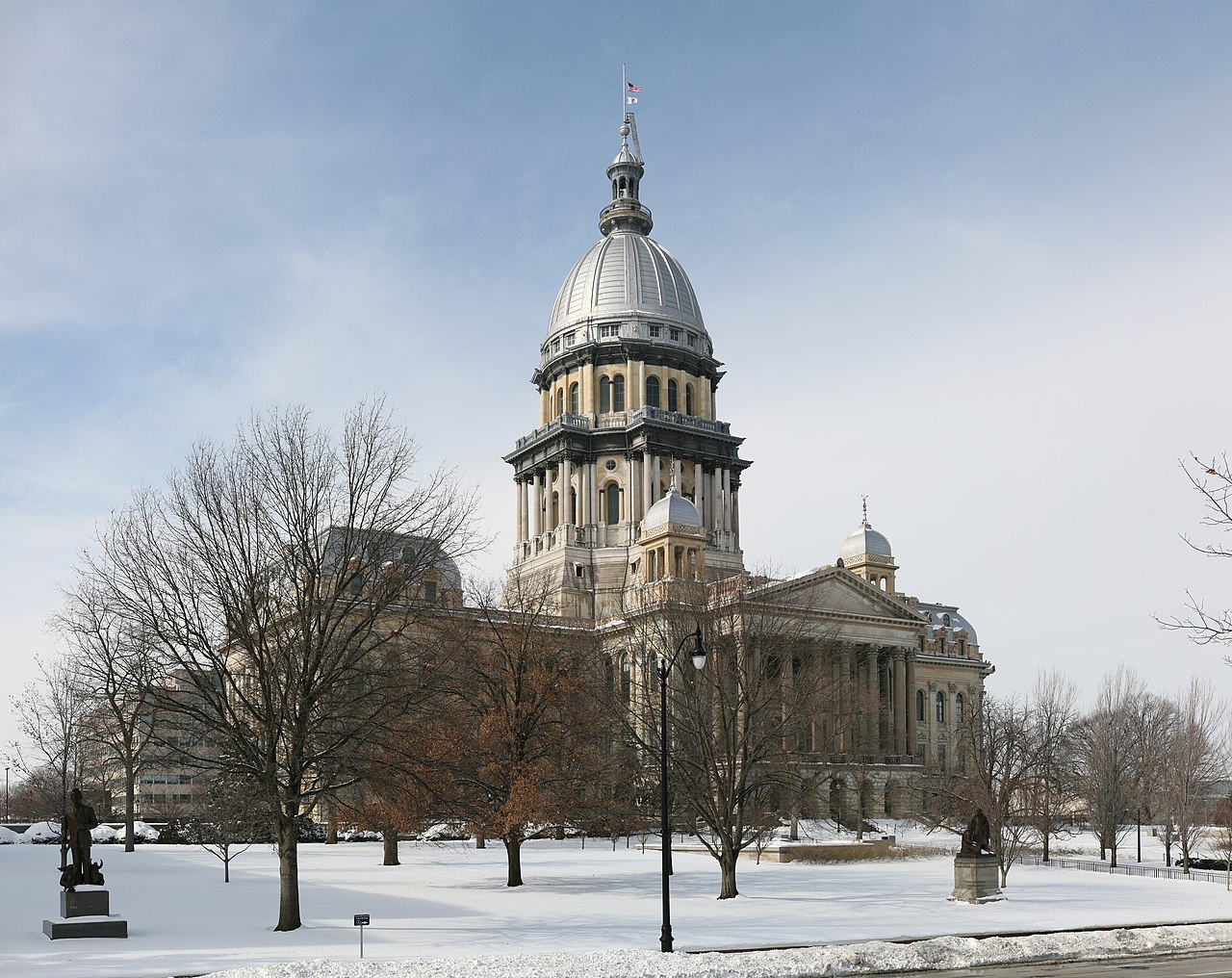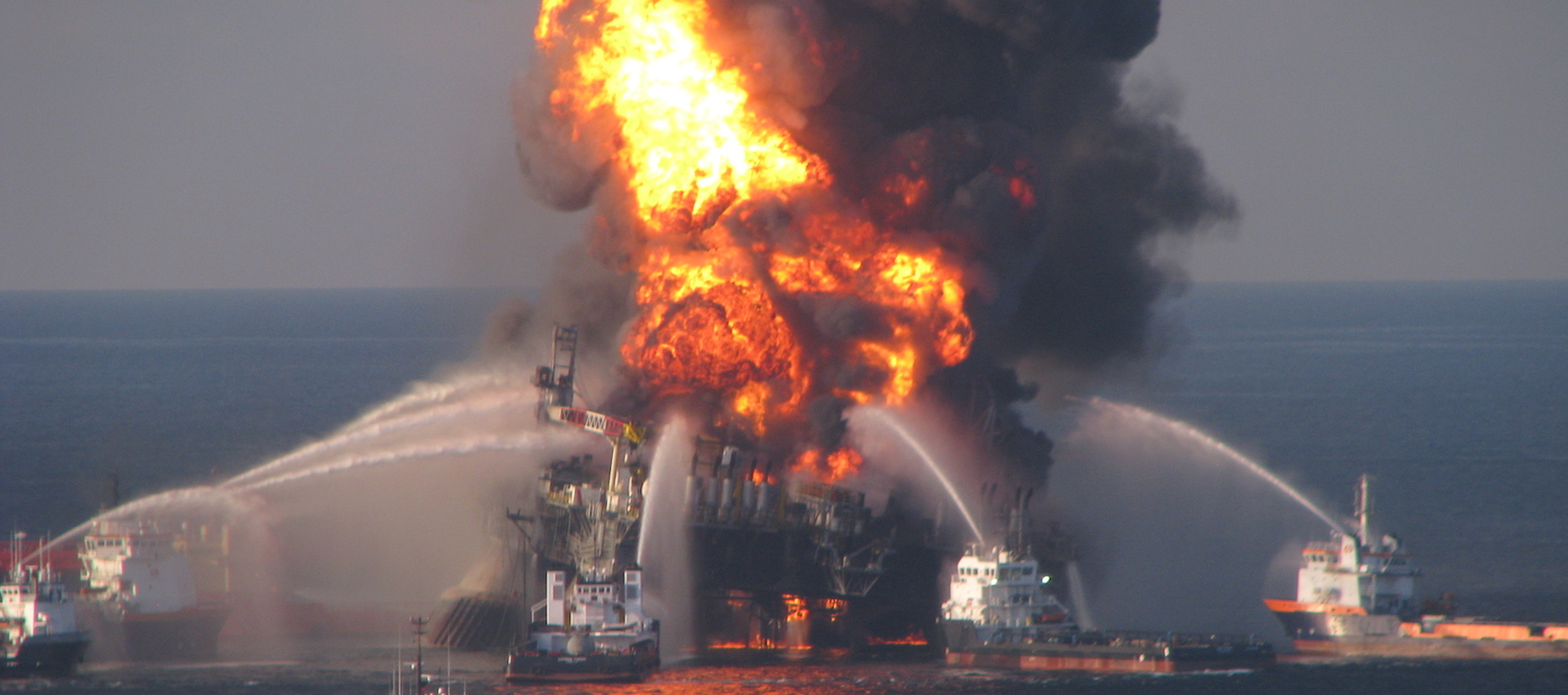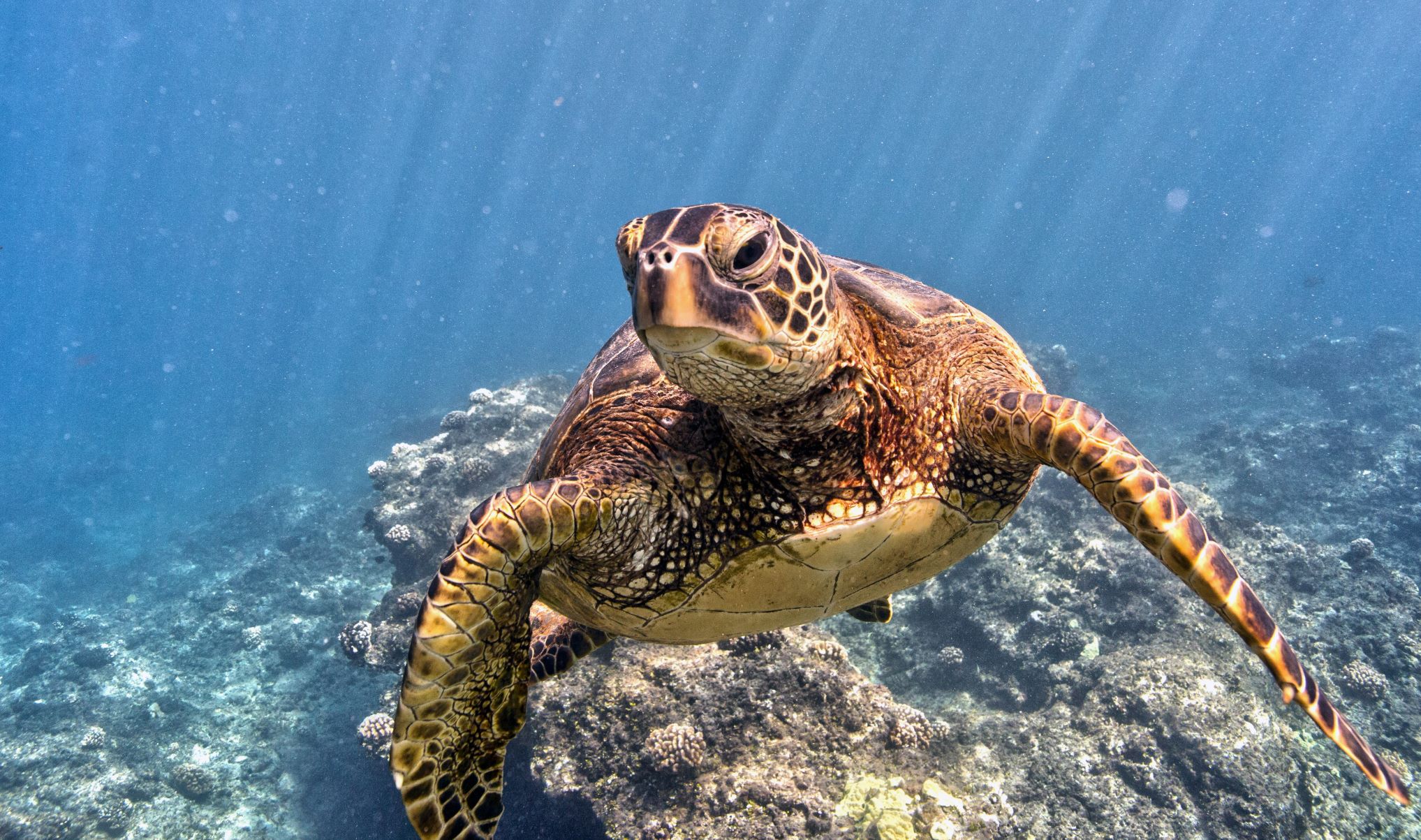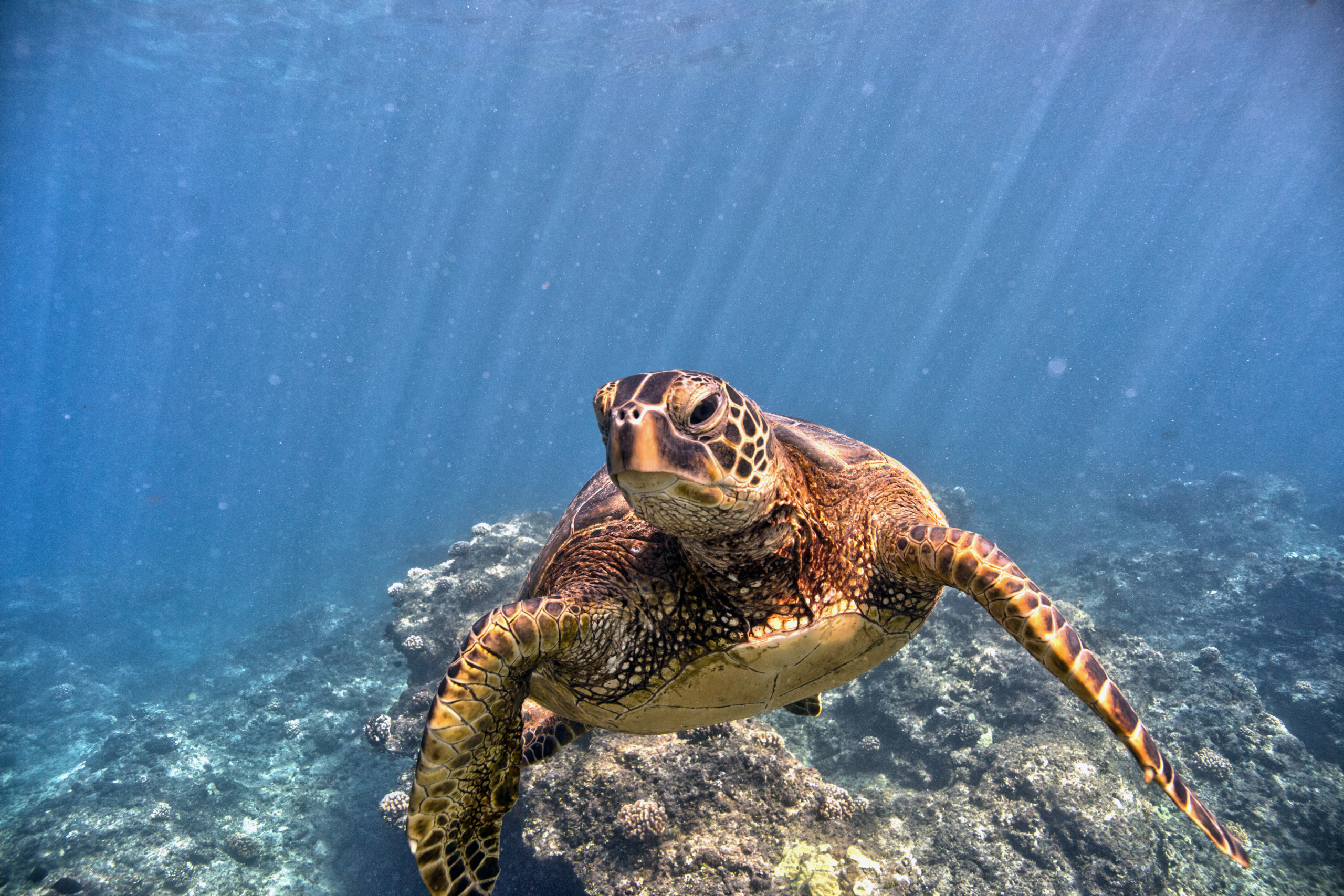
Speaking Up, Once Again, to Keep Our Oceans Safe from Offshore Oil Drilling
On Jan. 4, 2018, Secretary of the Interior Ryan Zinke announced plans to allow new oil and gas drilling in virtually all United States coastal waters.

Huge swaths of the Atlantic, Pacific and Arctic oceans and the Gulf of Mexico could soon be home to oil rigs and the dangers that come with them.
Simply put, there’s no safe way to drill. Oil spills have disastrous consequences for our environment, our ecosystems and our coastal communities. And we shouldn’t put oceans, beaches and marine wildlife at risk just for a little more oil — especially at a time when we should be looking for opportunities to leave fossil fuels in the ground.
For decades, Environment America and U.S. PIRG have worked to defend our nation’s coasts from the threat of offshore drilling. In 1981, Florida PIRG launched our Save Our Shores campaign to halt the proposed leasing of 93 million acres of water off the Gulf Coast and Florida Keys for oil and gas development.
At first, it was a lonely battle. In 1984, Florida PIRG’s Ann Whitfield was the only citizen to testify at an Interior Department hearing. But over the years, Florida PIRG united thousands of state residents in the fight against drilling.
The Exxon Valdez oil spill in 1989 marked a turning point in the public consciousness, and by 1990, hundreds of concerned citizens contacted by Florida PIRG packed public meetings to weigh in on the environmental impacts of offshore drilling. Later that year, we celebrated when then-President Bush announced a 10-year ban on new leasing and drilling off the Everglades and Florida Keys, and later, a permanent ban on drilling in Florida’s state waters.
In the years since, Environment America has worked to vigilantly defend all of America’s coasts from new drilling prospects.
In 2010, an explosion on the Deepwater Horizon drilling platform triggered the worst oil spill in U.S. history. Over the course of 87 days, more than 200 million gallons of oil gushed into the Gulf of Mexico, killing thousands of marine animals, scarring coastlines and exposing cleanup workers and residents to toxic chemicals.
The severity of this disaster wasn’t lost on lawmakers. The years since have seen concerted bipartisan efforts to limit offshore drilling in state waters. After initially proposing a drilling expansion, former President Obama eventually heeded the advocacy of coastal communities and environmentalists and declared a moratorium on offshore drilling in most U.S. waters by the end of his second term.
Offshore drilling remains deeply unpopular, and in the days and weeks since Secretary Zinke’s announcement, Republican and Democratic governors alike have voiced their opposition to the Trump administration’s plan to reopen these waters to drilling.
Is Secretary Zinke willing to listen? Maybe. Less than a week after his announcement, Secretary Zinke swiftly reversed course and exempted Florida’s waters from his offshore drilling plan at the request of Florida Gov. Rick Scott.*
If offshore drilling is wrong for Florida, it’s wrong for the rest of our nation’s coastlines. Nearly every governor with ocean coastlines opposes drilling off their shores, communities up and down the Atlantic and Pacific have passed resolutions against drilling, small businesses have organized anti-drilling alliances, and millions of Americans from across the country have called for a ban on offshore drilling.
Environment America is urging Secretary Zinke to listen to their voices, too, and to take action to save all our shores.
*As we go live with this story, another Interior Department official called into question whether the Trump administration has indeed exempted Florida from its offshore drilling plans. Follow The Public Interest Network on Facebook, Twitter, LinkedIn and Instagram for the latest.
Topics
Find Out More


Marine protected areas are the best hope for the ocean – but only if the protections are real

Sea turtles need a safe place to live

